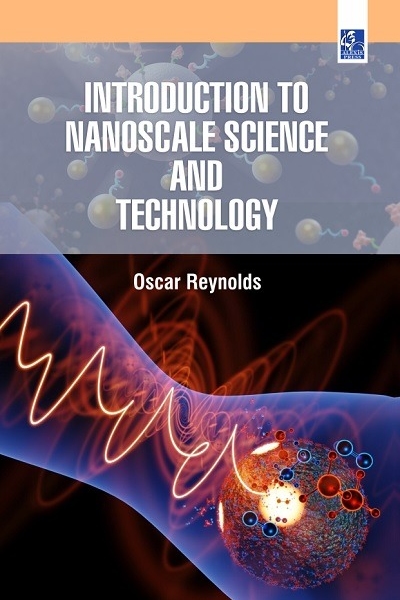Add to WishlistRemove from Wishlist
Add to Wishlist
The Physics of Carbon Nanotube Devices
Author: Oscar Reynolds
Additional information
| Pages | 352 Pages |
|---|---|
| Publisher | |
| Language | English |
| ISBN | 978-1-64532-159-0 |
| Publishing Year | 2023 |
| Subject | Nanotechnology |
Only logged in customers who have purchased this product may leave a review.





Reviews
There are no reviews yet.